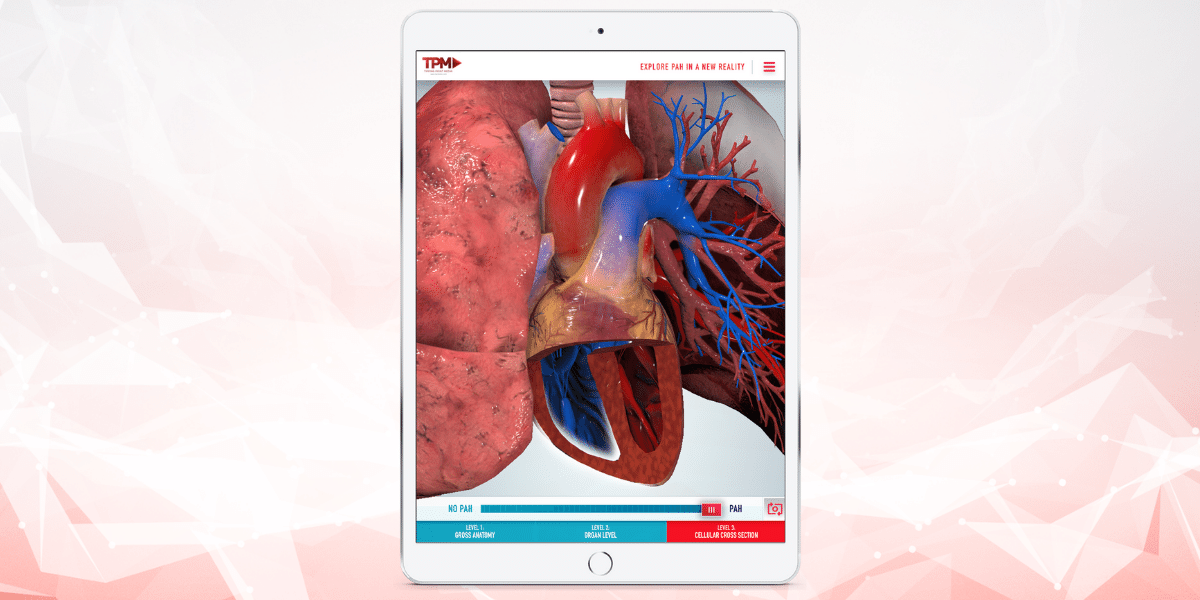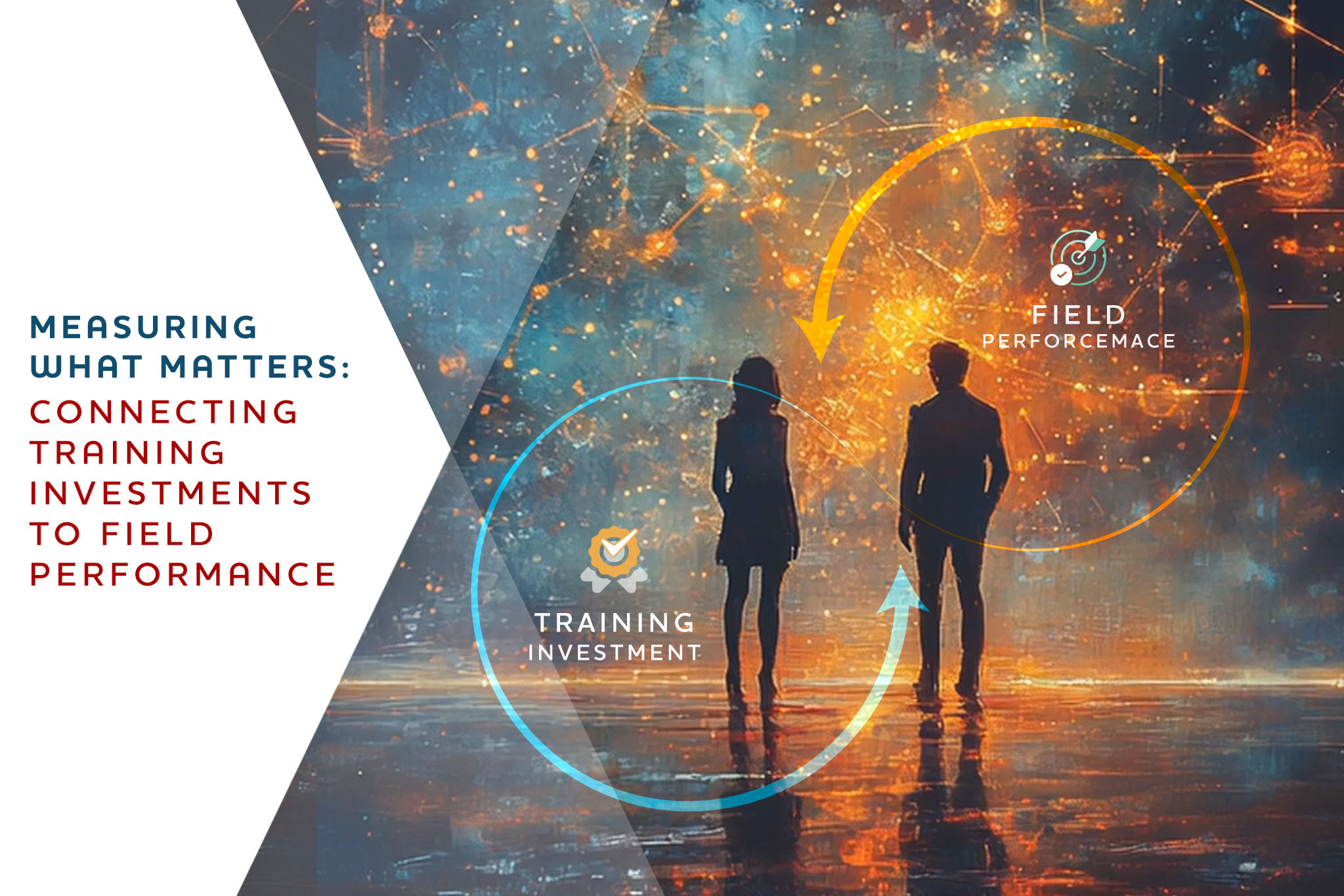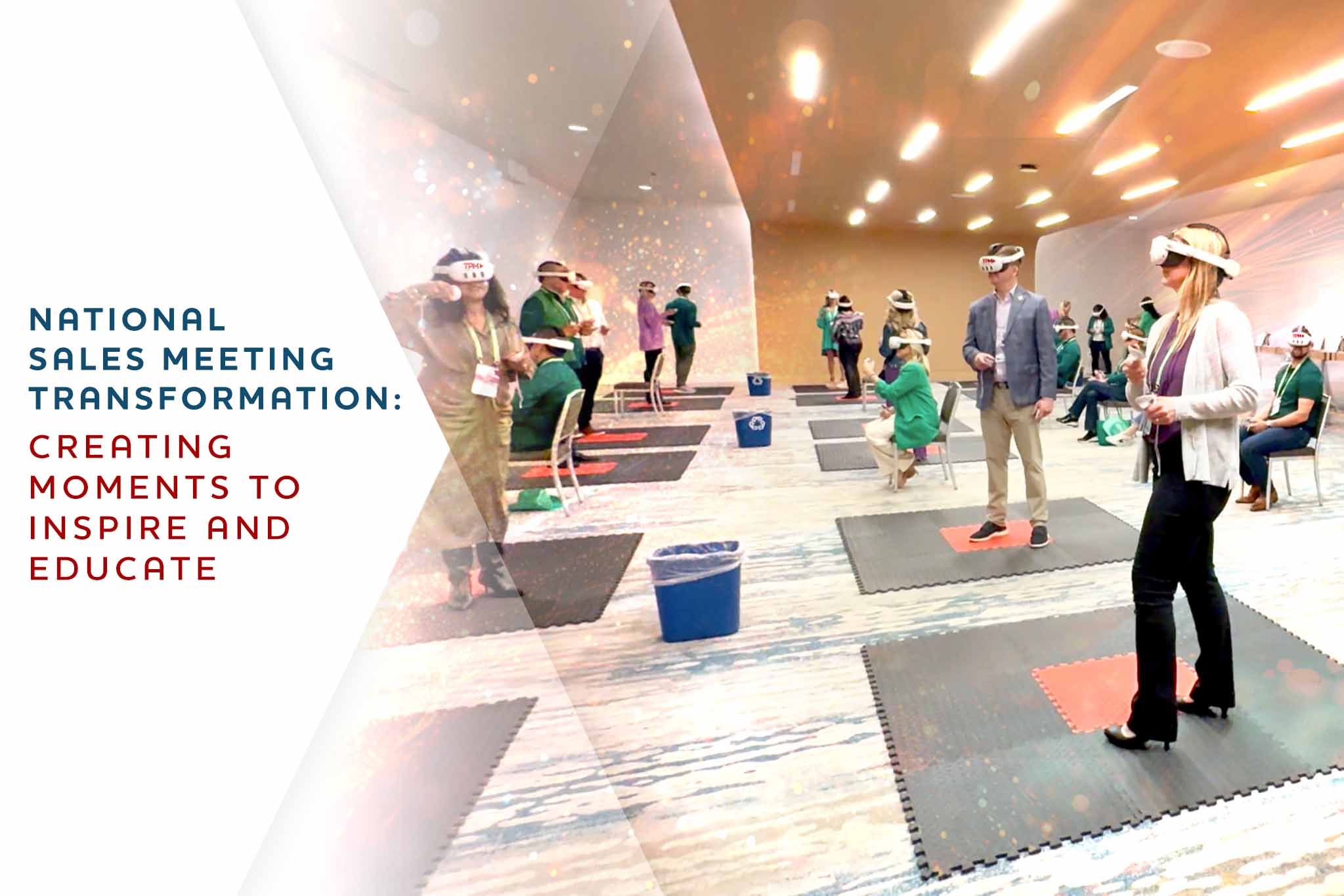3D medical animation is an invaluable technology for healthcare institutions, medical device manufacturers, and pharmaceutical companies. These organizations use medical animations to explain complex issues to practitioners, patients, medical administrators, and investors.
Despite the value, several institutions are yet to realize this communication technology’s full potential. Perhaps, they lack the correct information to get them started or think it is not worth trying.
Tipping Point Media, an industry leader in helping healthcare companies create 3D animations, has shed light on the use and benefits of three-dimensional animation technology to help healthcare and pharmaceutical companies use it to improve their training capabilities.
What is 3D Medical Animation?
3D animation uses cutting-edge technologies like virtual reality to create real-life illusions of an object. Typically, the 3D animations move, and rotate to offer 360-degree views.
This technology is precious for healthcare service providers, device manufacturers, healthcare research institutions, and regulatory bodies. Moreover, 3D animation technology is helpful for life science companies, hospitals, and learning institutions because it allows people to learn and engage with the material on a deeper level.
Medical institutions can use groundbreaking technology to generate digital recreations of the human body, medical devices, marketing videos, surgical procedures, and manuals for experiential medical education. There are endless ways to use 3D animation.
Benefits of 3D Medical Animation
Often, organizations use 3D animation to explain concepts in the simplest way possible. The technology comes in handy when explaining how a medical procedure is done or how a new medical device works. You can easily replicate things like cancer cells or nerves that are hard to see.
Apart from explaining concepts in an easy-to-comprehend way, 3D technology offers several other benefits, which include:
Improved Engagement
Unlike blocks of text or verbal narrations, 3D visuals generate interest, making the target audience more attentive and curious. With the boost of interest, the animations stand a chance of hitting the desired impact — enlightening.
Improved Recall
People are more likely to remember 80% of what they see versus only 10% of what they hear. Therefore, groundbreaking 3D technology gives companies a chance to leave an everlasting impression on target customers.
Enhanced Authority
The simple act of using 3D animation to explain concepts positions companies as authorities in the pharmaceutical and medical sphere. In return, reputation enables companies to talk about their products easily since they have already earned prospective customers’ trust.
Provides Quality Information
Quality 3D animations created by sales teams are designed to educate target consumers, especially medical administrators, practitioners, and students. In addition, they furnish knowledge-finders with the correct, easy-to-understand information.
Uses of 3D Medical Animation
In the medical sphere, institutions primarily use 3D animation to explain medical concepts, procedures, and technologies in a way that patients, medical practitioners, investors, and students can understand. Often, healthcare organizations use 3D animation to:
Facilitate Physician-Patient Communication
3D animation is an indispensable patient communication tool that helps practitioners explain various medical procedures and concepts to patients. In particular, the technology is essential for dental practices, plastic surgeons, doctors, chiropractic practices, and other healthcare providers that have to explain procedures before treatment.
With 3D visuals, healthcare professionals can easily explain concepts because the animations provide an accurate picture of the procedure under discussion. For instance, plastic surgeons use 3-dimensional medical animation to showcase a facelift surgical procedure to clients.
Besides showcasing the surgical procedure, plastic surgeons use 3D technology to show the client the possible results they would get after a successful procedure. The detailed visuals help clients choose whether to proceed or forego the facelift.
Simplify Staff Health Training
3D animation is a game changer in healthcare training. It offers a virtual training experience similar to what one would get in a conventional classroom. Therefore, it eliminates the need for one-on-one training, which is presumably time-consuming and expensive.
What’s more? 3D automation technology gives the results that individuals would have gotten from a one-on-one training session. For example, the staff undergoing training can visualize how surgical operations are done and how new medical equipment works.
Enhance Marketing
In the past, selling new medical devices, drugs, software, and other products was a big challenge for the sales team. Pharmaceutical companies lacked a precise way to demonstrate how their new products solved a given pain point in the medical field.
However, today, marketing new products are more straightforward. Computer-generated 3D animations help pharmaceutical companies and medical device manufacturers demonstrate how their new products work.
This detailed demonstration eliminates the doubt aspect, helping sales teams close deals within a short time. Furthermore, the ability to explain concepts quickly enhances the credibility of pharmaceutical companies and medical device manufacturers, giving them an upper hand against rivals.
Raise Investment Funding
From time to time, healthcare institutions, especially startups, seek investor funding to develop and market new medical technology and equipment. However, before getting the required funds, investors must see the idea behind the invention, lest they shy off from investing.
3D animation technology helps startups showcase their invention to investors in an easy-to-understand, more convincing way. The startups no longer experience a hard time verbally vouching for their innovation.
Enlighten Information Consumer
With about 5 billion people using the internet, the World Wide Web is undoubtedly the leading source of information. Healthcare consumers use it to discover treatment options and information on various medical procedures and devices.
Therefore, by creating 3D animation, you are providing valuable, accurate information to millions of healthcare consumers worldwide. The 3D information could increase a company’s credibility, helping it generate more revenue.
Share Information With Professionals
Before pharmaceutical companies release a new medical invention, they must train medical practitioners on its use. Otherwise, the practitioners will shy away from the invention, as there is no room for trial and error in the medical profession.
3D animation technology works better than the traditional manuals since it offers professionals life-like demonstrations. The visuals enable medical professionals to comprehend new devices quickly, thereby implementing their use.
Learn More about Experiential Medical Education from Tipping Point Media
Tipping Point Media has been on the frontline of helping pharmaceutical companies get the most out of this groundbreaking tech. Schedule a personalized demo to see how our suite of virtual solutions can work for your company.



